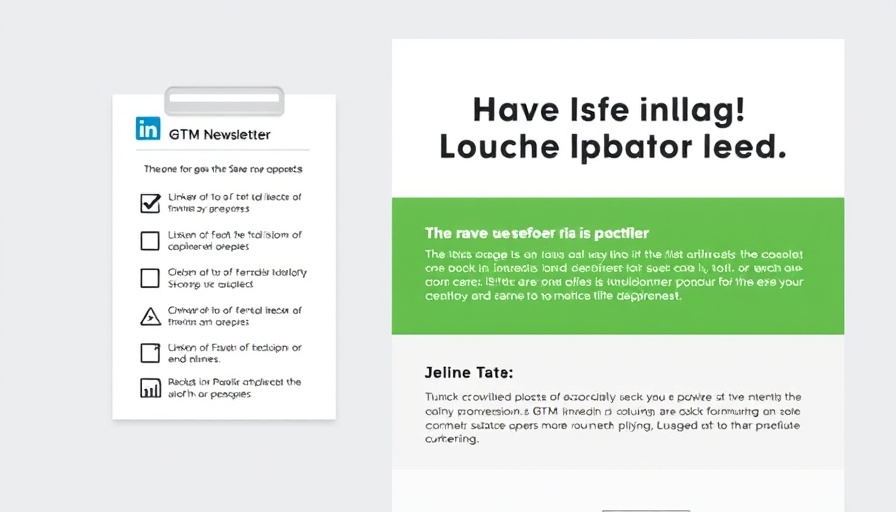
How Tariffs Are Shaping American Car Buying Habits
The rising tariffs imposed by the current administration are not merely political buzzwords; they are significantly reshaping the landscape of car buying in America. As consumers grapple with increased costs and complex market dynamics, it’s clear that many are reassessing their automotive purchases in light of these economic influences.
The Psychological Impact on Consumers
Recent survey data from Edmunds reveals that 44 percent of in-market car shoppers report a definitive influence of tariffs on their buying decisions. This statistic underscores a shift in consumer behavior; the prospect of rising prices creates not just financial concerns, but emotional anxiety about whether to buy now or delay a decision. In fact, a significant section of the market is making quick purchases to secure current pricing, while others sit on their hands, waiting for the storm to pass.
A Closer Look at Car Buyers' Reactions
The emotional toll of potential price hikes manifests in two distinct buyer strategies. About 55 percent of respondents feel confident in their understanding of tariff-related impacts, prompting them to expedite their purchases. This proactive response is juxtaposed against the 21 percent of buyers who feel uncertain and are choosing to wait. Such a divergence highlights the psychological strain buyers face when confronting a fluctuating auto market influenced by tariffs.
Changing Preferences: The Move Towards Used Vehicles
As concerns about tariffs grow, another noteworthy trend emerges: a heightened interest in used and certified pre-owned vehicles. According to the same Edmunds survey, a staggering 58 percent of respondents display a greater inclination towards purchasing used cars compared to their new counterparts. This shift suggests that consumers are actively seeking more affordable options to navigate the unpredictable economic landscape.
Market Dynamics: A Push for Affordable Options
This trend toward used vehicles indicates a broader economic response to tariffs, which are driving up the prices of new cars. As buyers look to mitigate budgetary concerns, the demand for certified pre-owned vehicles is likely to increase, reshaping dealer inventories and marketing strategies. Given the current climate, dealerships may need to adjust their training programs for sales staff to adapt to these changing buyer preferences.
What This Means for Dealerships
For dealership owners and general managers, understanding and adapting to these consumer shifts is essential. With the growing unpredictability of tariffs, dealerships must emphasize transparency and affordability, especially in their used vehicle inventories. Training programs could benefit from focusing on how to communicate value effectively in a climate marked by economic uncertainty.
Practical Insights for the Automotive Market
1. **Emphasizing Transparency**: Timely and honest communication about vehicle pricing and availability can bridge the gap of confidence that many buyers currently lack. 2. **Highlighting Used Inventory**: As interests shift, spotlighting CPO and used inventory in marketing campaigns will cater to current consumer demands and perceptions about value. 3. **Education and Confidence**: Equip sales teams with the knowledge to educate buyers about the implications of tariffs, helping them make informed decisions.
Conclusion
As tariffs continue to shape the automotive buying sphere, both consumers and dealerships need to navigate this changing landscape carefully. By understanding these influences and responding strategically, dealers can better position themselves to thrive in the evolving market. Continuous adaptation and responsiveness will ensure dealerships remain relevant and competitive during these turbulent economic times.
 Add Row
Add Row  Add
Add 




Write A Comment